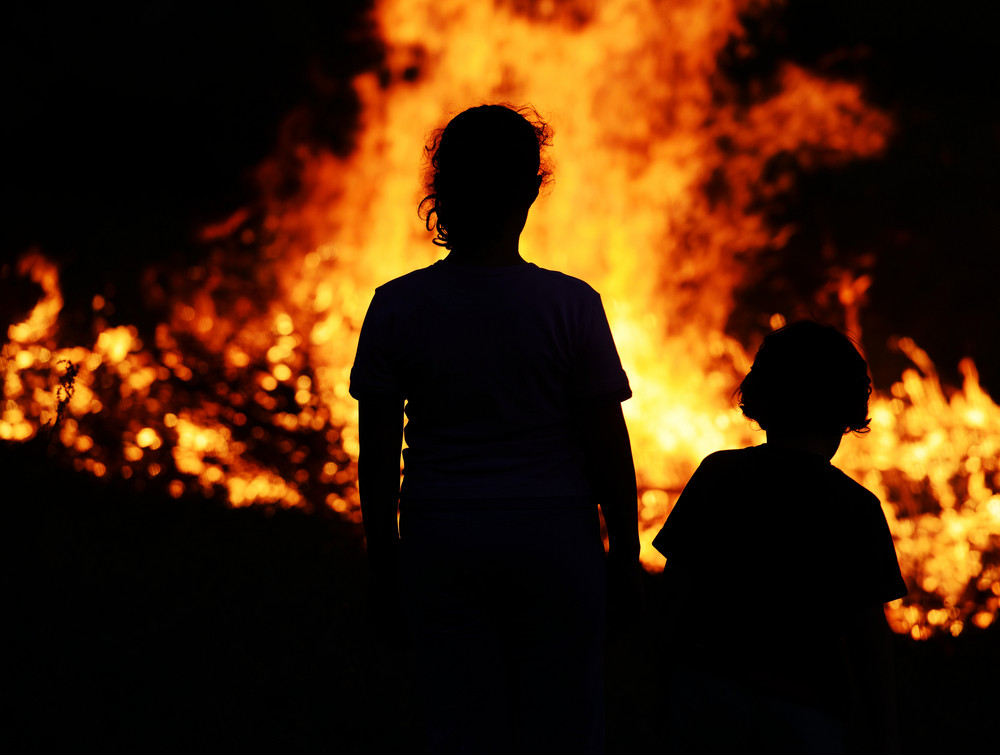
House fires in America represent a significant threat to safety, property, and well-being, affecting thousands of households each year. These devastating events not only result in the loss of homes and possessions but also cause injuries and fatalities. Understanding the common causes of house fires is crucial for prevention and safety. Let’s explore the primary factors contributing to house fires in America, aiming to raise awareness and promote measures to mitigate these risks.
One of the leading causes of house fires in America is cooking-related incidents. Kitchens are the heart of the home but also the primary source of fire emergencies. Unattended cooking, grease buildup, and the misuse of cooking appliances are frequent culprits. The U.S. Fire Administration (USFA) reports that cooking accounts for nearly 50% of all reported home fires. Simple safety practices, such as never leaving cooking food unattended and keeping flammable materials away from the stove, can significantly reduce the risk of cooking-related fires.
Heating equipment is another significant source of house fires, especially during colder months. Portable heaters, furnaces, and fireplaces, if not properly maintained or used, can ignite nearby flammable materials, such as curtains, furniture, or bedding. Ensuring that heating equipment is in good working condition, keeping it clear of obstructions, and using it according to the manufacturer’s instructions are essential precautions.
Electrical failures and malfunctions also play a substantial role in the occurrence of house fires in America. Overloaded circuits, faulty wiring, and the improper use of extension cords can lead to electrical fires. These incidents can be prevented by regular inspections of electrical systems, particularly in older homes, and by adhering to electrical safety standards.
Smoking materials, including cigarettes, cigars, and pipes, are a leading cause of fatal house fires. Fires can start when smoking materials are improperly extinguished and come into contact with upholstered furniture, bedding, or trash. Smoking outdoors and ensuring that all smoking materials are fully extinguished before disposal can help prevent these fires.
Candles, while often used for lighting and decoration, can also lead to house fires if left unattended or placed near flammable materials. Simple measures, such as keeping candles away from combustible materials and never leaving them burning unattended, can mitigate the risk.

In addition to these common causes, other factors contributing to house fires include fireworks, grills, and flammable liquids. Fireworks and grills, particularly when used in close proximity to the home or in an unsafe manner, can ignite fires. Similarly, the improper storage and use of flammable liquids, such as gasoline and solvents, pose a significant fire risk.
Prevention plays a pivotal role in reducing the incidence of house fires in America. This includes installing and maintaining smoke alarms, which are crucial for early detection, and developing and practicing a home fire escape plan. Public education and awareness campaigns also contribute to prevention efforts, teaching individuals and families about the risks and how to mitigate them.
House fires in America are a significant concern, with cooking, heating equipment, electrical issues, smoking materials, and candles among the common causes. By understanding these risks and taking preventive measures, individuals can significantly reduce the likelihood of fire incidents, ensuring the safety and security of their homes and loved ones. The collective effort of communities, fire departments, and safety organizations is essential in promoting fire safety and prevention, aiming to minimize the devastating impact of house fires across the country.

